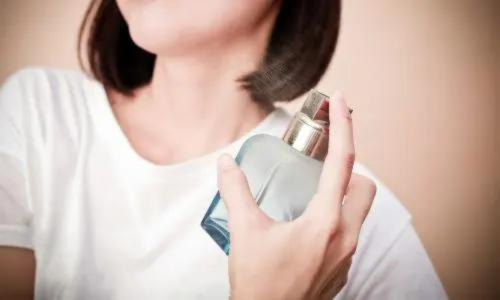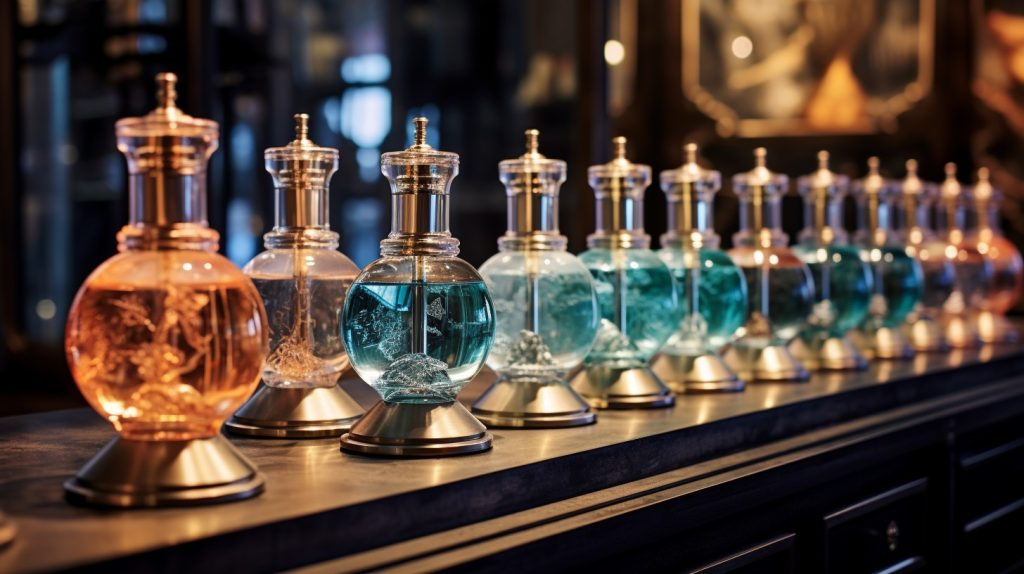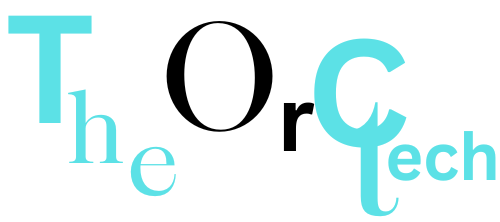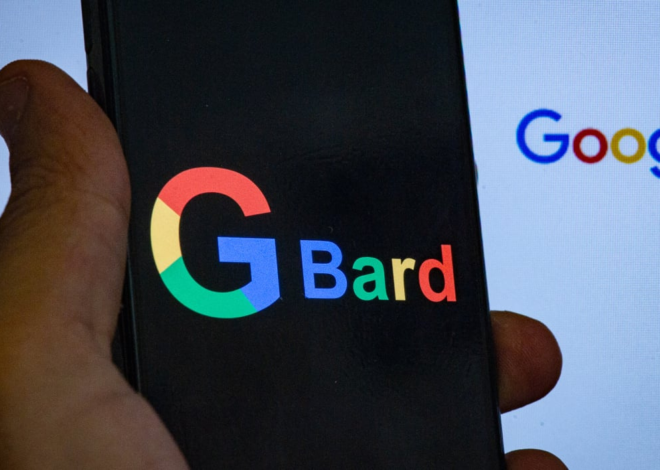
How AI and brain science are helping perfumiers create fragrances
Research and technology are helping beauty brands discover what attracts buyers using neuroscience technologies.
The art of perfume-making has a rich history dating back to ancient Greece. However, contemporary perfumers are now expanding their horizons and exploring innovative avenues for crafting scents that resonate with today’s preferences. In this pursuit, they are increasingly embracing the use of artificial intelligence (AI).
The world of perfumery has entered an intriguing phase where fragrances can be intentionally crafted to evoke emotional reactions. This is made possible through the use of special ingredients known as “neuroscents,” which have been identified through biometric measurements to elicit various positive emotions. These neuroscents can inspire feelings of serenity, and euphoria, or even induce a sense of tranquility and drowsiness in those who encounter them.
Hugo Ferreira, a dedicated researcher at the Institute of Biophysics and Biomedical Engineering in Lisbon, is engaged in a remarkable endeavor. He is actively mapping the intricate patterns of brain activity and how the brain responds to various perfumes, with the ultimate goal of constructing an extensive database of neurosciences. Ferreira expresses his fascination with the sense of smell, highlighting its unique quality. He points out that while sight and hearing allow us to conjure images of loved ones or cherished melodies in our minds, the concept of smell is more elusive. Yet, despite its intangibility, a mere scent can elicit a flood of emotions and vivid memories, making it a captivating field of study.

Ferreira attributes the fascinating nature of our olfactory sense to the intricate structure of the olfactory system. He explains that messages from scent receptors are transmitted through the olfactory bulb to various regions of the brain responsible for a wide range of functions, including memory, thirst, and even stress responses. He goes on to highlight the exceptional diversity of olfaction, with an estimated 400 different olfactory receptor gene families. This diversity in connections may, in part, account for our ability to perceive and interpret complex olfactory signals, such as the ability to “smell fear” or discern the scent of victory, among other things.
Also Read | Constructing Intelligence: The Role of AI in Construction
Numerous beauty brands have made substantial investments in the realm of neuroscience research and technology, recognizing the immense potential of creating fragrances that are scientifically proven to evoke positive emotions in consumers. A notable example is L’Oréal, which has forged a partnership with the neurotechnology firm Emotiv. Together, they have pioneered a unique scent selection “experience.” In 2023, patrons visiting select Yves Saint Laurent stores across the globe have had the opportunity to use a specialized headset to generate an electroencephalogram (EEG) to uncover their preferred fragrances. Remarkably, initial findings reveal that an impressive 95% of customers who used the EEG headset were able to identify the ideal perfume for themselves.
The intersection of fashion and fragrance is also witnessing significant developments. Puig, a prominent player in the industry, conducted an extensive study involving 45 million brain readings from men aged 18-35 to refine the formulation of the cologne “Phantom” by Paco Rabanne. Their research led to the incorporation of lavender and lemon into the fragrance. Similarly, Givenchy’s “Irresistible eau de parfum, “the latest addition to the enduringly popular Very Irresistible line, incorporates a unique rose extract known as “anti-morose,” a selection made following meticulous biometric research. These examples illustrate how cutting-edge science is influencing the creation of fragrances that resonate with consumers on a deeply emotional level.
Also Read | AI Took the Stage at the World’s Largest Arts Festival. Here’s What Happened
While the utilization of this technology is somewhat limited in mass-market fragrances – as scents intended for sale across five continents must cater to a broad audience – niche perfumers are capitalizing on its potential to craft highly personalized formulas. For instance, Amorepacific, a South Korean company, has introduced a personalized bath bomb that utilizes real-time biodata, with a “bathbot” responsible for creating these individualized experiences. Regrettably, this innovative product is not available internationally. In contrast, EveryHuman, an algorithmic perfumery based in the Netherlands, can swiftly produce unique scents in a matter of minutes by utilizing a questionnaire and algorithms. This month, the company expanded its offerings into room fragrances, and now visitors to the Moooi furniture store in London can witness the enchanting process of their Willy Wonka-esque machine in action.
Anahita Mekanik, co-founder of EveryHuman and a veteran in scent development and marketing with over two decades of experience at major fragrance houses, sheds light on the allure of algorithmic perfumery. She emphasizes that her interest lies in the accessibility it offers to people to directly engage with scents. She further highlights a captivating aspect of the traditional fragrance development process, where countless iterations are created and subsequently discarded for every scent that ultimately reaches consumers. Many of these discarded “imperfect” trials may have held scents that people would have cherished, making this exploration of imperfection a fundamental aspect of the fragrance development journey.
Also Read | OpenAI has introduced Dall-E 3, the most recent iteration of its text-to-image tool
The world of scientific perfume may not be everyone’s cup of tea, as broadcaster and perfume writer Katie Puckrik aptly puts it. She expresses her desire to have the creative freedom to “design her own perfume as much as crush the grapes for her own wine.” In her view, the art of crafting scents should remain in the hands of the traditional perfumers and creators, and she questions the necessity of relying on a computer to dictate what our noses already inherently understand. Puckrik cherishes the serendipitous experience of stumbling upon a new favorite fragrance as a rare and delightful moment of discovery, one that should be allowed to unfold naturally.
However, for Hugo Ferreira, the enchantment lies in the inherent nature of scent itself. He believes that while we are familiar with the use of fragrances in cosmetics and aromatherapy, which can have a positive impact on our sense of self, there is much more to explore in the therapeutic potential of odorant molecules. He suggests that we may just be scratching the surface, and the modulation of scent for health or other purposes presents a captivating area of study that could span lifetimes.











